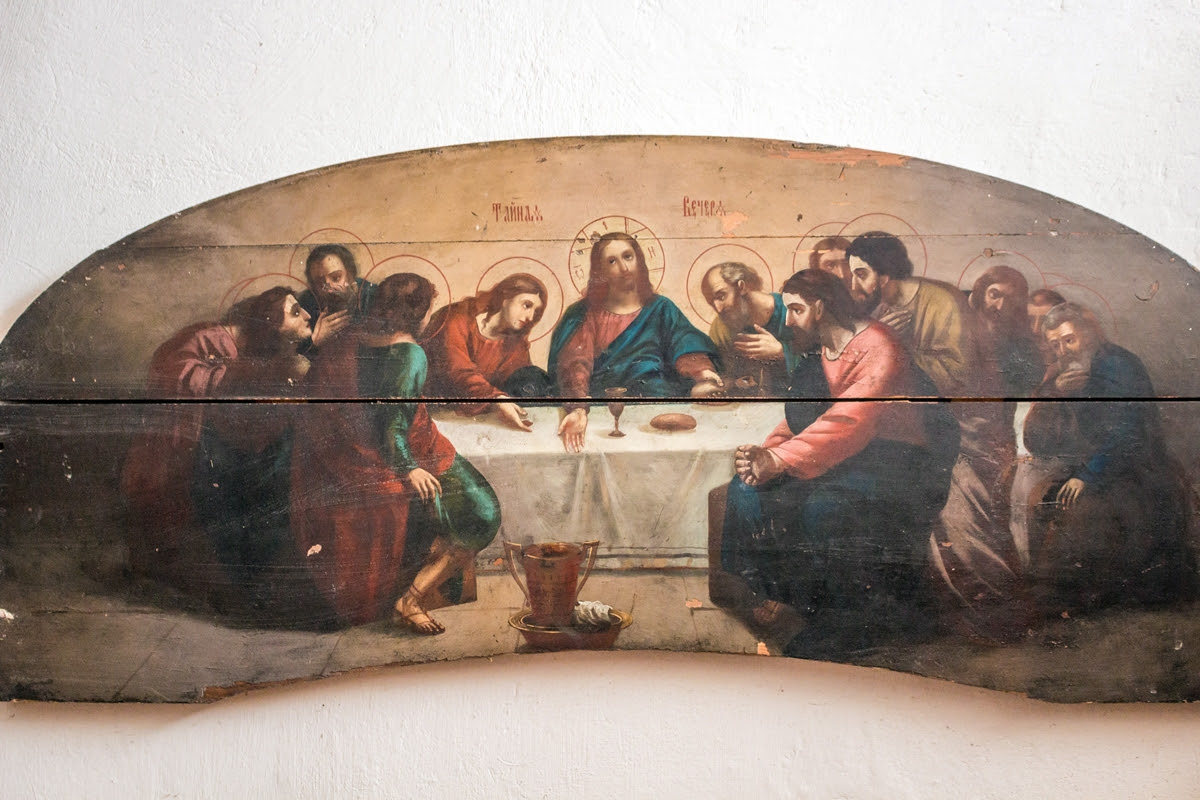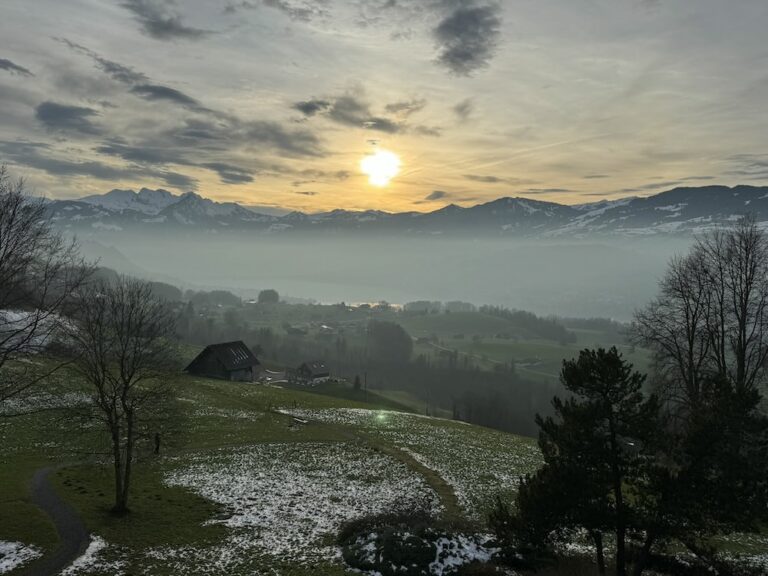Quinta-feira Santa
A ideia de sacrifício nos leva a fundo em como os seres humanos vivem e compreendem a vida. Estamos preparados para renunciar a nós mesmos pelo bem de nossos filhos, de nosso país, de nossos valores e, de amigos que amamos. A paternidade é uma oferta de sacrifício que se estende por muitos anos. Mas também a ideia de sacrifício moldou a consciência religiosa desde os primórdios dos tempos. Quando entramos no deslumbramento de ver o mundo todo, o sacrifício tornou-se uma forma de influenciar as forças superiores e os deuses que nos controlavam. Nós lhe damos alguma coisa para que em retorno ele seja generoso e nos dê o que pedimos.
Mais profundo do que o deslumbramento, no entanto, o sacrifício também poderia iluminar o envolvimento profundo e amoroso da humanidade e dos poderes divinos. Na mitologia Asteca, Nanativatzin era o mais humilde dos deuses. Para que pudesse continuar a brilhar como o sol iluminador sobre a terra e seus habitantes, sacrificou-se no fogo.
A Eucaristia cumpre esta prática religiosa primordial e prepondera sobre o dualismo que separa Deus e a humanidade, bem como da própria comunidade. Não precisamos mais de deslumbramento e, não há medo em celebrar a grande unidade.
No entanto, há uma grande diversidade na forma como as diferentes tradições expressam a forma como a partilha do pão e do vinho integra a oferta do próprio Jesus, tanto na Última Ceia como na Cruz. Nenhum dos diferentes estilos de Eucaristia com suas diferentes teologias seria celebrado, no entanto, se não elevasse nossas consciências de sua presença real – na comunhão dos devotos na Palavra e, também na importância fundamental do pão e do vinho.
No seu relato poético de sua experiência mística de Cristo, Simone Weil incluiu um momento Eucarístico bastante simples:
Aquele pão realmente tinha o sabor de pão… o vinho provou do sol e do solo sobre o qual aquela cidade foi construída.
Embora a Eucaristia tenha sido horrivelmente politizada e explorada ao longo da história, ela sobrevive na sua liberdade original e espiritual como símbolo tanto da unidade essencial como da grande diversidade da fé Cristã. Ela sobreviverá a atual desconstrução das instituições e será redescoberta como sacramento do Corpo Místico expressando e alimentando a vida contemplativa.
Texto original
Holy Thursday
The idea of sacrifice leads us deep into how human beings live and understand life. We are prepared to renounce ourselves for the sake of our children, country, cause or friends we love. Parenthood is a sacrificial offering extending over many years. But also the idea of sacrifice has shaped religious consciousness since the dawn of time. When we entered the magical way of seeing the world sacrifice became a way of influencing the higher forces and gods that controlled us. We give you this so that you will be gracious and give us what we ask.
Deeper than magic, however, sacrifice could also illuminate the deep, loving involvement of humanity and the divine powers. In Aztec mythology, Nanativatzin was the humblest of the gods. So that he could continue to shine as the life-giving sun over the earth and its inhabitants he sacrificed himself in fire.
The Eucharist fulfils this primordial religious practice and overcomes the dualism separating God and humanity and the community itself. We don’t need magic anymore and there is no fear in celebrating the great oneness. Yet, there is a great diversity in how different traditions express just how the sharing of bread and wine fuses Jesus’ offering of himself both at the Last Supper and on the Cross. None of the different styles of Eucharist with their different theologies would be celebrated, however, if it were not that doing so raised our consciousnesses of his real presence – in the fellowship of believers, in the Word and also in the ordinariness of bread and wine. In her poetic account of her mystical experience of Christ, Simone Weil included a down-to-earth eucharistic moment.
That bread truly had the taste of bread… the wine tasted of the sun and of the soil on which that city was built.
Although the Eucharist has been horribly politicised and exploited throughout history it survives in its original and spiritual freedom as a symbol of both the essential unity and the wild diversity of Christian faith. It will survive the present deconstruction of the institutions and will be re-discovered as a sacrament of the mystical Body expressing and nurturing the contemplative life.




